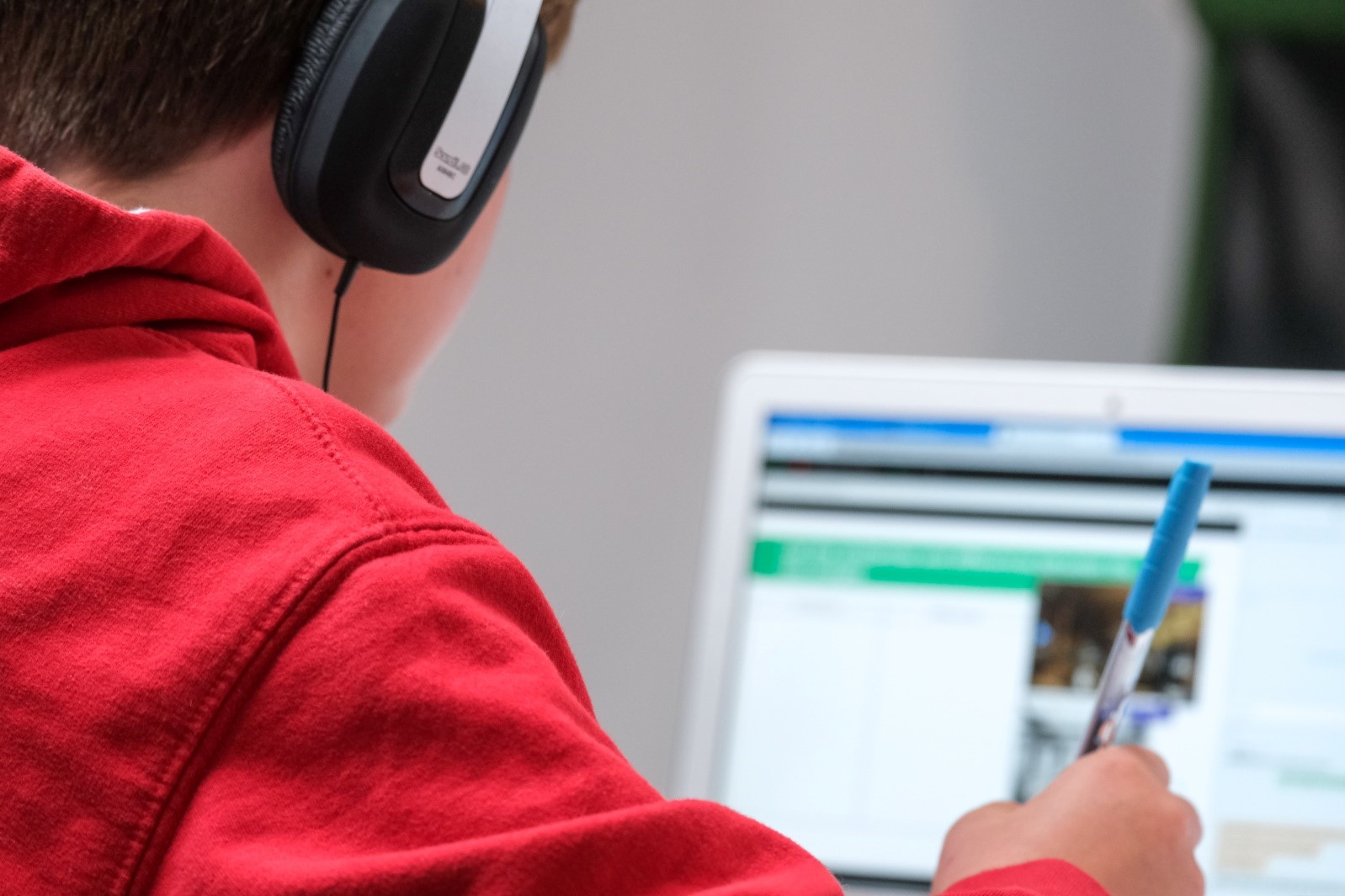Ever since the COVID-19 pandemic touched our world, online learning has become the ‘new normal’. Even today, students in many countries are still studying online. With so many options available on the Web, and the incredible flexibility this offer, thousands of students actually prefer this form of learning over traditional, classroom-based methods.
Everything is different when you study online. You don’t have to commute to school, but you need to be extra responsible to keep track of all the materials and essays you need to complete. Professors are grading college papers online, and you’re getting teacher comments for students’ writing in a digital form. Nothing is the same, so the choice is not easy.
While you might be able to choose to study online or in a physical classroom, it’s no doubt that some things remain the best when done online. Take for example, the research paper you need to write. You can go online and get access to unlimited resources compared to your school’s library that has limited literature. Writing companies are a spell for good grades, and you can find them online. And, you can use the Web to read up on some free examples for your essays to get an inspiration on what to write in essay about discourse community or any other topic you are assigned.
Sounds amazing, doesn’t it?
Still, while some things are only available online, there are certain downsides to studying in this way. In this article, we’ll discuss the pros and cons of online education. You can decide whether you are a proponent or an opponent of the idea once you see them.
The Pros of Online Learning
Let’s start with the great things that come with online learning:
1. Accessibility
This is, of course, the best thing about online learning. It can be done from any place with an Internet connection. Students can study from their homes or outside in nature. They can use their desktop devices or their mobiles. There’s no need to commute, get dressed for school, or drag books in heavy bags – everything is online!
2. High Efficiency and Easy Information Sharing
When students learn online, teachers have an instant, efficient way to share the information. They can send videos, books in PDF format, links to educational sites and materials, etc. They can update students on their grades and performance in real time, talk to their parents without having to book those busy parent-teacher conferences, and extend the lesson plans to boost each student’s knowledge.
The same applies to students. They have a place where they can study, write their essays, receive notifications about classes, as well as use a variety of apps to study more efficiently.
3. Affordability
One of the top reasons why many prefer studying online over traditional learning is because this is much more affordable. Students can today take college classes online and save on rent, commute, and even the classes themselves are discounted. They can get education trough MOOCs, obtain the skills they need, and become better at their profession. The options are unlimited – and very affordable.
The Cons of Online Learning
Now let’s consider the cons:
1. Long Screen Time
Too much screen time isn’t good, and students often spend hours attending classes, writing and learning. This can bother the eyes and the brain, and students often get distracted when they use the Internet. Only those with great focus and responsibility can do this.
2. Technology Problems
If technology fails the student, they cannot continue the class. Many students experienced this during the pandemic, especially in places with poor internet connection or bad internet speed.
This gets even worse when students are on a deadline. If their devices malfunction or their Internet connection fails them, they cannot complete tasks or study when they are supposed to.
3. Isolation
When they study in classrooms, students meet their teachers face to face, and are in the company of other students. When they study online, the contact is limited, which is very isolating. Online messages, video calls and emails can help the communication, but it is not the same.
During the pandemic and quarantines, we all experienced a certain level of isolation from others. Today, students can study online and in physical classrooms, and socialize with friends when they aren’t learning. Still, this approach is less personalized and social than traditional learning.
Wrapping Up
Every form of learning has its pros and cons, and so does online learning. It all comes down to what you prefer and what’s less important to you, as well as how ready you are to face the disadvantages when they happen. Knowing all this, are you for or against online learning?
Manon Hazell
Latest posts by Manon Hazell (see all)
- Niche Edits And Why They’re Important Part Of SEO Strategy - December 12, 2022
- Key Reasons to Teach in Elementary School - November 21, 2022
- Discourses about Online Education: Pros and Cons - October 13, 2022

